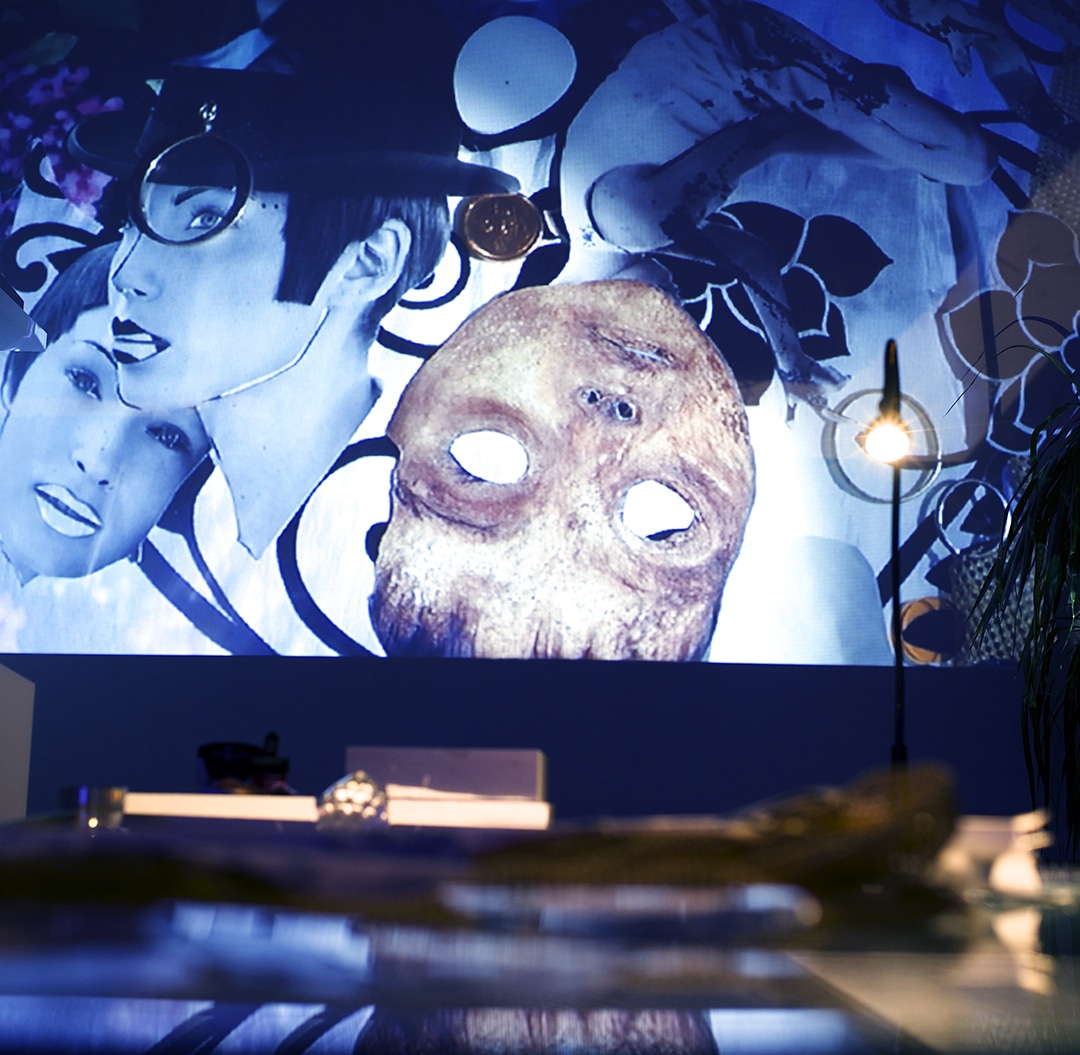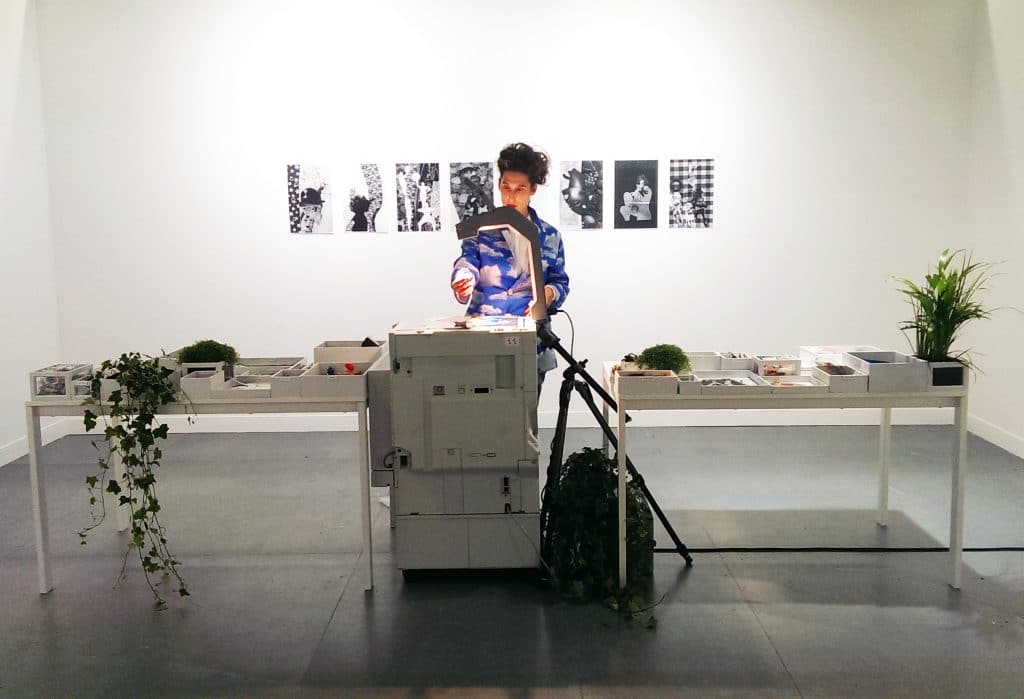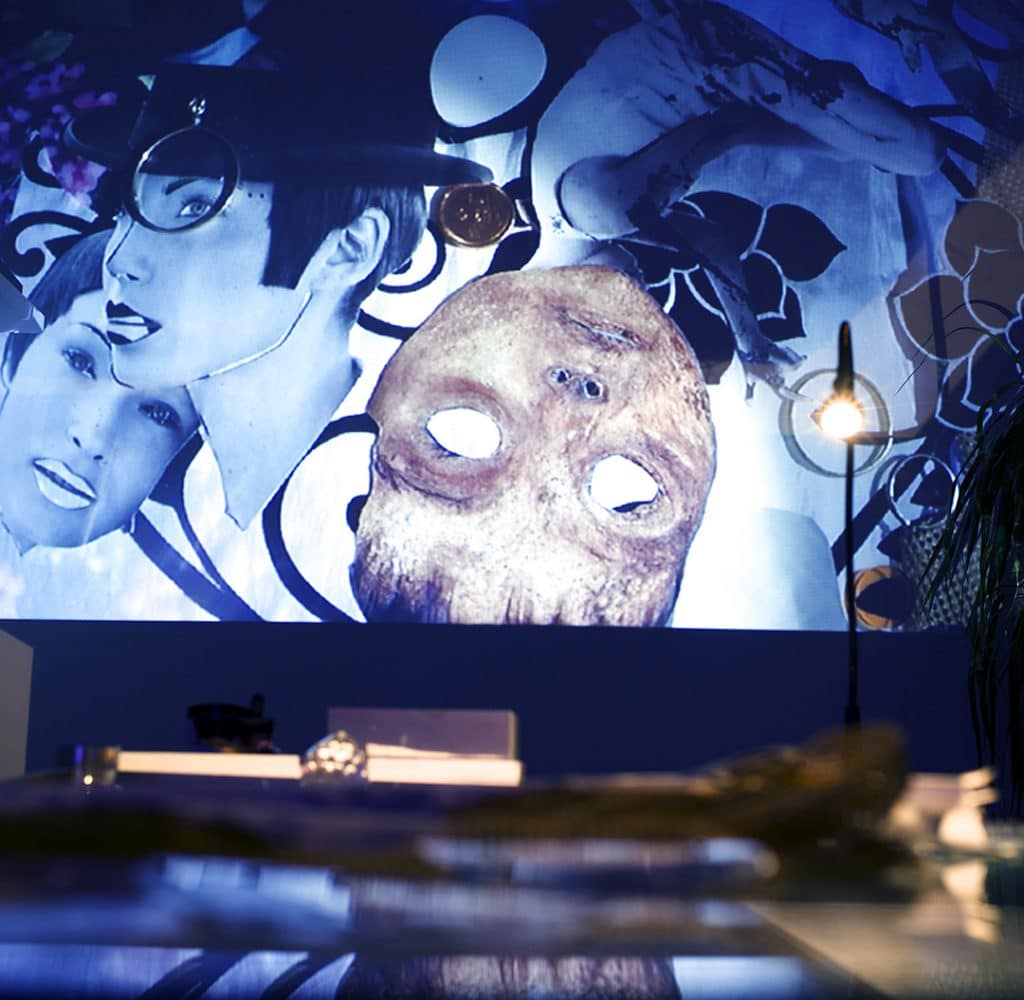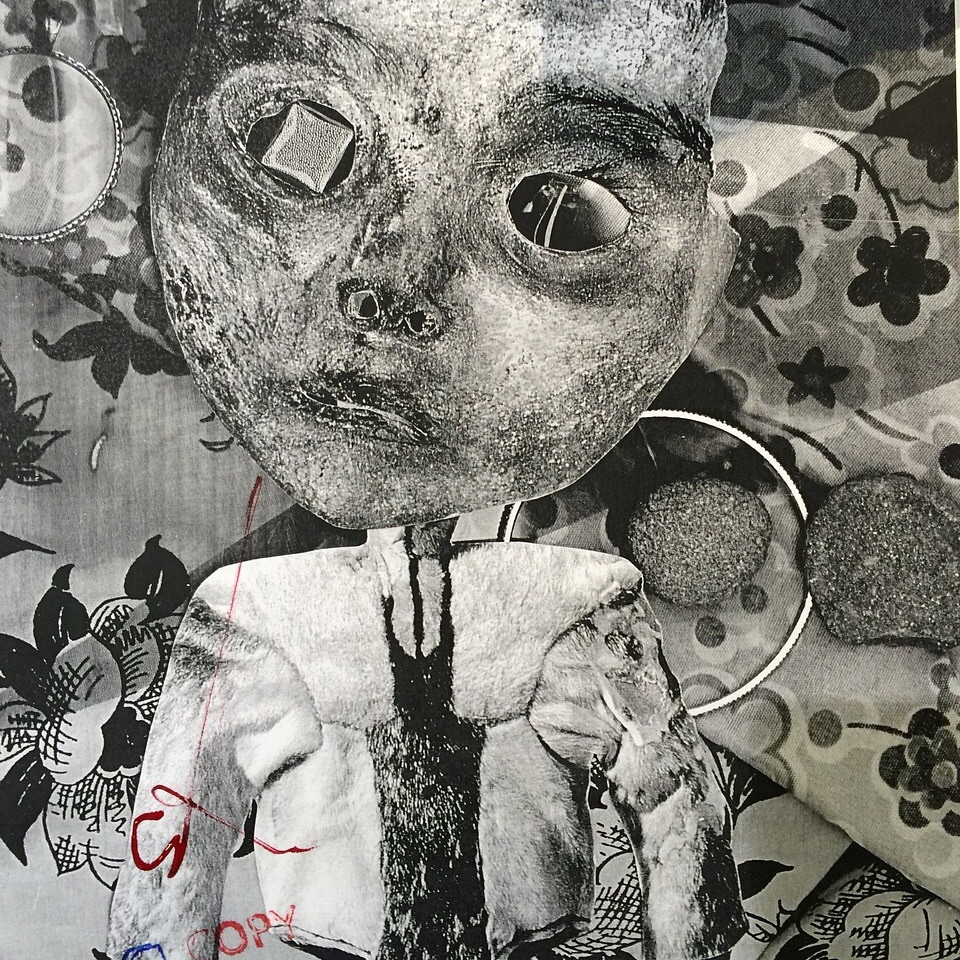
Ofri Cnaani on How Artists Can be Agents of Change
BY PAKSY PLACKIS-CHENG
impactmania visits with artist Ofri Cnaani in her Brooklyn, New York studio before her art performances take her to Israel and Finland.
Ofri Cnaani has developed an inclusive way to inspire and educate museum goers and museum staff alike. In Frequently Asked she provides a glimpse of how she worked to deliver a deeper experience of The Inhotim Institute, Brazil.
Inhotim, Brazil: Frequently Asked
This summer, Ofri Cnaani will be an Artist-in-Residence at the Contemporary Art Museum in Finland where she will continue her Command and Duplicate performance.
Find out how artists can be agents of change.
Command and Duplicate Performance
Ofri Cnaani is an artist and educator. Cnaani works in time-based media, live-cinema performances, and large-scale installations. She also teaches at the School of Visual Arts and International Center of Photography (ICP) in New York.
Born in Israel in 1975, Cnaani has exhibited and performed at the Metropolitan Museum of Art, PS1/MoMA, BMW Guggenheim Lab, USC Fisher Museum of Art, Twister, Network of Lombardy Contemporary Art Museums, Moscow Bienniale, Kunsthalle Wien, and Arnolfini.
Select permanent collections include The Israel Museum, Haifa Museum, the Panza Collection, and she has been commissioned by The Metropolitan Museum, and The Inhotim Institute in Brazil to create new original work. Cnaani lives and works in Brooklyn, New York.
Interview & video by Paksy Plackis-Cheng. Video Editing by Studio Cine, Ian Mayta. In Frequently Asked, photographs by William Gomes.
Transcripts of the video interview: Command & Duplicate.
Ofri, tell me about this fascinating project you’re about to start this summer.
I built this station that has a bulky, old, black and white photocopier. It is a copier connected to an overhead projector arm. A system that projects and copies at the same time. I’m wearing this great cloud suit, and I’m almost like a psychic. All around me, there are two long tables with boxes and a lot of collections.

Artist Ofri Cnaani and her hybrid projector and copier machine.
But the collections are different from the permanent collections in the museum with the golden frames — these are collections of ephemeral, pieces of fabrics and memories, cutouts, and windup toys. There are many of them.
When people come to me, I ask them to choose two objects from my collections, and to give me one personal item. Often, they take a long time to choose because making choices is hard. I act a little bit like a psychic and ask the person, “Show me what you got me.” When I put it on the glass bed, we all see it projected. It is almost saying, “Okay let’s take a close look at you.”
Then, I start to craft some kind of a collage from many different objects that always start from the feedback they give me and I add many other things. It’s a kind of collaboration.

Custom art work made in collaboration with artist Cnaani and museum guest.
It’s a collaboration but I create an image that, at some point, I don’t have full control over. I welcome it. And then when I’m done, I usually ask, “Okay, show me your hands when you’re ready.” I’m asking my machine if she’s ready for you.
Basically, I make one photocopy, one Xerox. People totally get the absurdity. I stamp it with a copy stamp, and then I sign it, very dramatically, with a style that is very artistic. It’s an original copy.

Your personal “original copy”
But at the same time, they’re completely fascinated by the idea. I keep no copy, it’s original copy, and it’s all based on this gift economy. They get their own original artwork, which in some ways is worth nothing, but at the same time, worth so much because it was based on a very simple feedback.
Sometimes, we don’t share the same language; it is made only for them. And what happened to me if first time I did it — in Helsinki, it’s going to be like a ten hour durational performance — I’m very exhausted at some point which is great in terms of the images, but the lines were insane.
I realized that all I gave is the gift of looking at you, making you seen. And yes, I do give the Xerox, and it’s great, but I became very interested in this idea of being almost like a psychic, but giving you the idea of being fully seen.
Their custom image is something which was done specially for them. In Helsinki, it’s another layer of representing communities in a way, instead of bringing my own objects from the studio, I am going to arrive to Helsinki with nothing. I will take a few walks, by myself, or with other artists in Helsinki, to actually know Helsinki and by building my collections. So, I will be walking through eastern Helsinki, which is where most of the immigrant community lives.
Then, I have different studio visits with other artists that always collect stuff. I go around the commercial area, fabric shops and news stands, and have conversations with people, ask them to give me stuff. It turns into an alternative map.
That’s beautiful. Tell me a little bit about the long lines. What do you think people are looking for?
We are always on and we’re so connected. We sell ourselves to the world, but we feel more and more alone. What I often try to do is a very simple one-on-one performance that takes the form of a reading, like a reading card or creating collages.
Even walking in the city or inviting other people to walk with me into historical and cultural sites like a museum is to create different conversations.
It’s going back to having a dialogue?
It’s going back to it. Right.
Please see here for artist Ofri Cnaani’s Frequently Asked video transcript.



